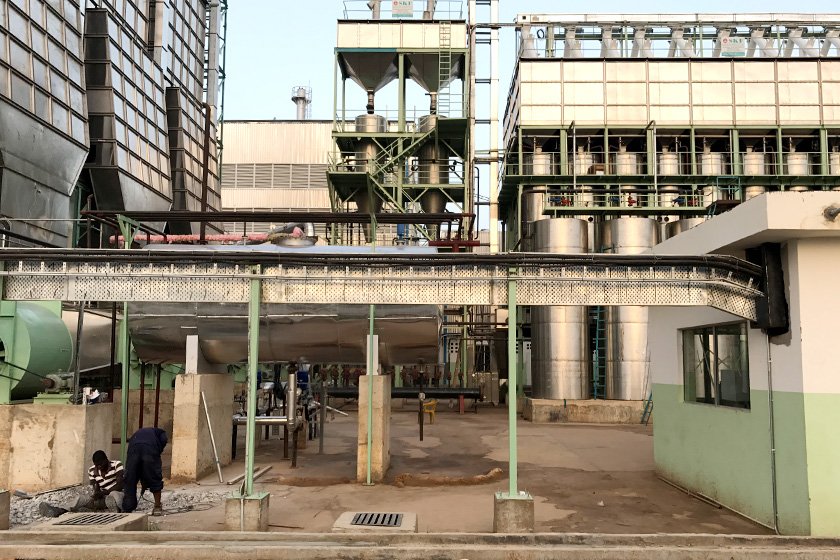Seed processing involves cleaning dehusking, processing sorting and segregating before packing and packaging. Consequently, the plants are designed according to the type of seeds and the nature of impurities present. The capacity is determined by the capacity of the seed cleaner. The machines installed are determined by the need to separate the materials and the characteristics of the good and the bad as designated- with the latter needs to be removed. To optimize the plant operations, the capacity of these machines are matched to that of the cleaner.
The selection of processing machinery is the most important aspects. Crops to be processed are the most important aspect. The other consideration is the capacity and volumes desired. Other considerations include weeds etc. The elevators and conveyors on the other hand, must have a large capacity and rapid filling of bins is also a consideration. The type of seeds is also a consideration for this as does the type of plant layout.
Planning the plant layout is also a crucial aspect. Efficient and well-planned placement of machines will optimize production. The elevator system and the crops to be handled are important aspects. Bulk storage is employed in the larger plants. The flow has to move from precleaning, cleaning, separating and segregating, treating and storage. Transportation and shipping are the final stages.
Nextechagrisolutions is the leading consultant in Seed Processing Plant Layout Planning with Rice Mill Engineering Services in Nigeria, Bangladesh, South Africa, and Thailand. Apart from being the leading edge Rice Mill Engineers & Designers, they are the first names as Rice Mill Consultant of India and Rice Mill Plant Consultants.
The raw seed is first fed into a precleaner by another elevator. At this stage, largely sized impurities are removed. The partially cleaned seeds are then passed on to a cleaned cum grader that comes attached to an elevator where the undersized materials and the seeds are segregated. The separation is usually done on the basis of the difference in sizes and weights. The cleaned and the seeds of the right size are sent to the indented cylinder where the broken and short seeds are segregated. The graded seeds are then fed into specific gravity separator by elevator. At this stage, light seeds are removed. Sometimes the process moves on to the next stage if adequate impurities are not found. The processes seeds are finally processed. Now, these are sorted packed weighed and stitched in properly sized packets.
As leading food grain industry consultants in India, Nextech Solutions provides the perfect solutions for each stage.
 MAIL US :
MAIL US :
 CALL US :
>
CALL US :
>
